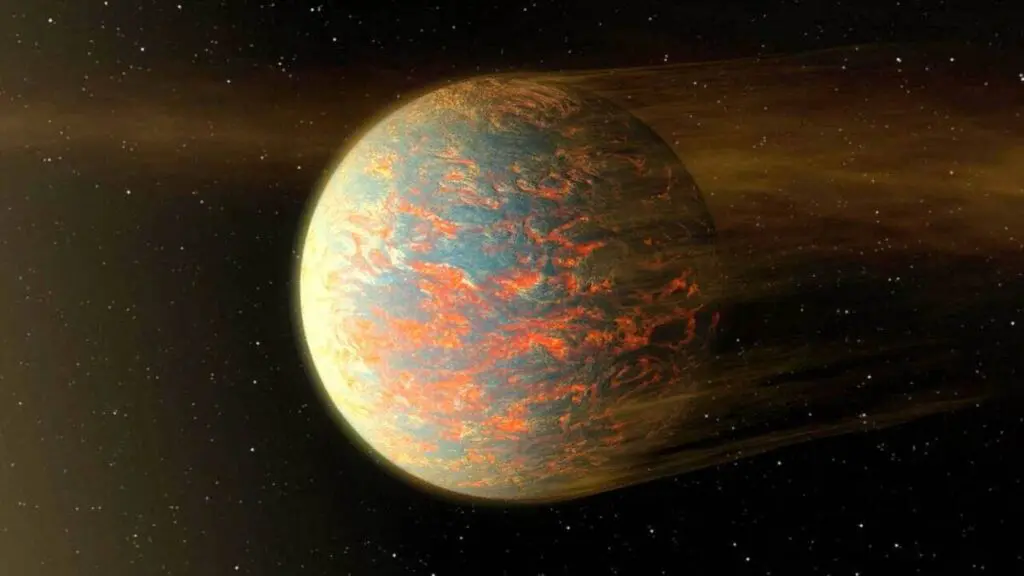
Ever since we started finding planets outside our Solar System, we have discovered that they are much more varied than those that are close and known to us. Among the most common and also most intriguing are surely them: the Super Earths!
Super Earths are worlds larger than our Earth, but smaller than gas giants like Jupiter. Our Solar System has no planets in this category, and the definition is based solely on mass. It therefore does not include parameters, such as temperature, composition, or environment, similar to those of the Earth; on the contrary, Super-Earths have a very different range of characteristics.
Some might have Earth-like atmospheres, others might be enveloped in a mantle of dense gas. Gravity on a super Earth could then be stronger than on Earth, making life as we know it difficult, or very different.
Many Super-Earths may be rocky, with Earth-like surfaces. Others might be covered by deep oceans, others might have active volcanoes and high mountains.
Discovering these super-Earths helps us better understand the diversity of planets outside our Solar System and brings us ever closer to answering the fundamental question: are we alone in the Universe?